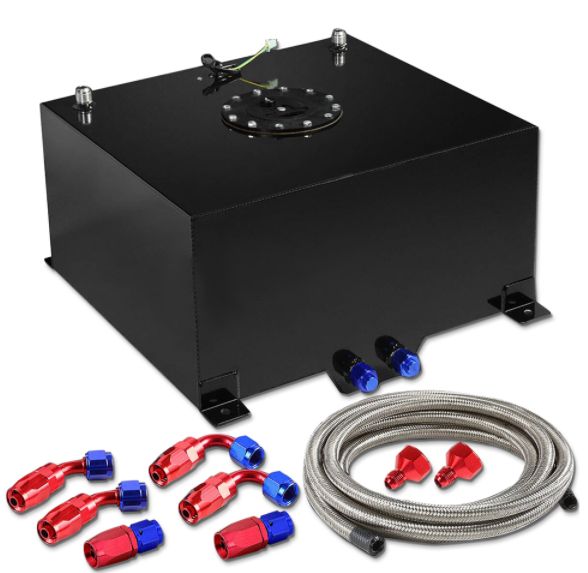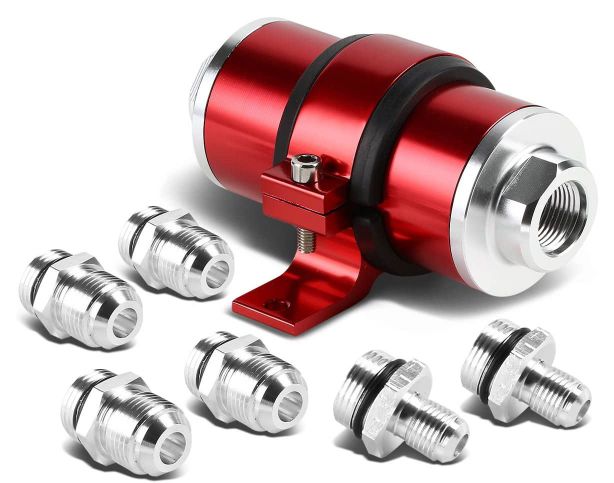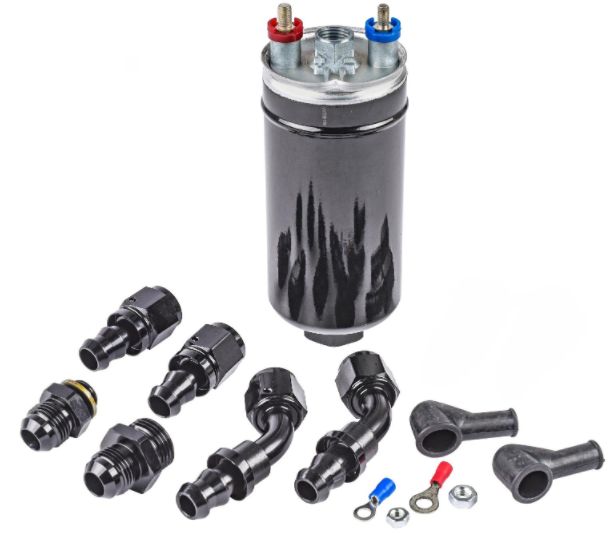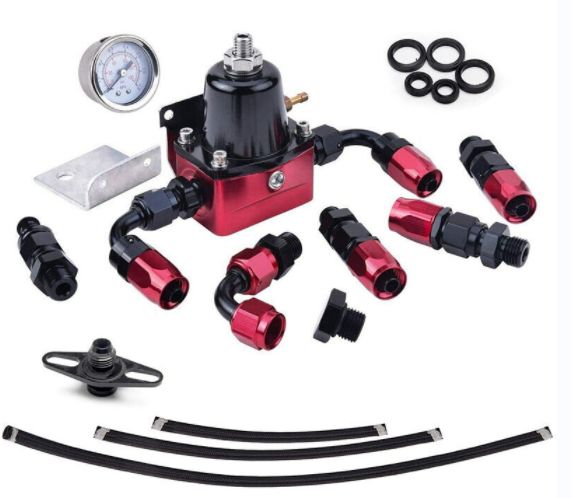The history of automobiles can be traced back to the 17th century. At that time, the steam engine had just come out, and the first automobile experiments also used steam as a power source. It was not until the 19th century that the invention of the fuel engine promoted the development of the automobile. German inventor Karl Benz first created the internal combustion engine car in 1885, which is considered the seed of the modern automobile. Benz of Germany is recognized as the inventor of the first modern car, and his invention is called “horseless carriage without horse”. Thanks to the internal combustion engine, the speed, range and portability of automobiles have all been greatly improved. For most of the 20th century, cars were considered a luxury item, available only to the wealthy. However, with mass production and the application of new materials, the price of cars gradually fell, making it possible for more people to buy and own cars. Modern cars have made remarkable improvements in design, safety performance, environmental protection features and intelligence, and have become an indispensable part of people’s daily life around the world.
Today,Let’s take a look at the fuel system of the car. How much do you know about the fuel system? What parts does it consist of?
The automobile fuel system is a key component for the normal operation of the engine, and it has an important impact on the performance and reliability of the automobile. The diesel fuel system is responsible for delivering diesel fuel from the fuel tank to the engine. It consists of various components that work together to ensure that fuel is delivered at the right pressure, in the right amount, and at the right time.Here are some of the key components of a diesel fuel system:
1.Fuel tank – The fuel tank stores diesel fuel that is used by the engine. The fuel lines connect the fuel tank to the fuel filter, fuel pump, and fuel injectors. The fuel filter removes contaminants and impurities from the fuel to prevent them from reaching the engine.
2.Fuel filter - is a device that removes impurities and contaminants from a vehicle’s fuel before it reaches the engine. It is typically located along the fuel line, either inside the fuel tank or elsewhere in the fuel system.
3.Fuel pump – The fuel pump draws fuel from the fuel tank and delivers it to the fuel injectors at the correct pressure. The fuel injectors deliver the required amount of fuel to the engine cylinders, where it is mixed with air and ignited by the heat of compression.
4.Fuel injectors – are small electro-mechanical devices that deliver fuel into the combustion chamber of an internal combustion engine. They are typically mounted on the intake manifold or cylinder head and controlled by the engine’s electronic control unit (ECU).
5.Glow plugs – an essential component of diesel engine systems. They are typically small heating elements that are installed in the cylinder head of a diesel engine, and their primary function is to preheat the engine’s combustion chamber before starting.Unlike gasoline engines, diesel engines rely on the heat generated by compressing air within the combustion chamber to ignite the fuel.
6.Fuel pressure regulator - ensures that the fuel system maintains a constant pressure for optimal performance. The fuel system may also have a fuel heater and water separator for colder climates.
7.Fuel lines - carry fuel from the tank to the engine, connecting all the key components together.
Regular maintenance of the diesel fuel system is essential for the engine to perform optimally. This includes changing the fuel filter, checking for leaks in the fuel lines, and ensuring the fuel injectors are clean and operating correctly.
We can produce OEM fuel lines,OEM Fuel hose kit, such as AN 6,AN8,AN10,AN12 etc.If you have any inquire,pleas contact us. Our mail address: sales01@ebuyindustry.com
Post time: Apr-14-2023



